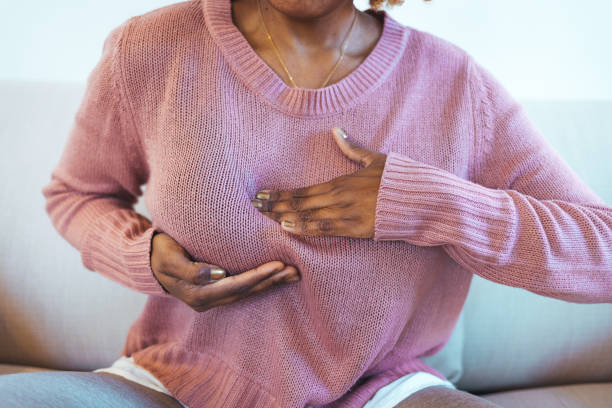Act Now to Beat Diabetes: Your Tomorrow Depends on It
Diabetes is a silent killer that affects millions of people worldwide. It’s a condition that often goes unnoticed until severe complications arise. The story of Nene Mensa, a dedicated professional, highlights the importance of early detection and proactive management of diabetes. Nene’s Story Nene was a workaholic who ignored her health, focusing solely on her career. Her relentless dedication to her job came at a cost. She began experiencing symptoms that she brushed off as mere fatigue and stress. It wasn’t until she was diagnosed with type 2 diabetes that she realized the severity of her condition. Unfortunately, her health deteriorated, leading to a partial stroke. Nene’s story underscores the critical importance of recognizing the symptoms of diabetes early and seeking prompt medical attention. Recognize the Symptoms Early detection of diabetes is vital to prevent severe complications. Be aware of the following symptoms: If you or someone you know exhibits these symptoms, it’s essential to seek medical advice immediately. Prevention and Management Managing diabetes and preventing its onset involves making significant lifestyle changes. Here are some key strategies: Regular Checkups: Stress Management: Education and Awareness: Conclusion Diabetes is a serious condition that requires immediate attention and proactive management. By recognizing the symptoms, understanding the disease, and implementing effective prevention and management strategies, you can take control of your health. Nene Mensa’s story is a powerful reminder of the importance of early detection and the impact of lifestyle changes on managing diabetes. Stay proactive about your health and take steps today to prevent and manage diabetes, ensuring a healthier tomorrow.
Act Now to Beat Diabetes: Your Tomorrow Depends on It Read More »


